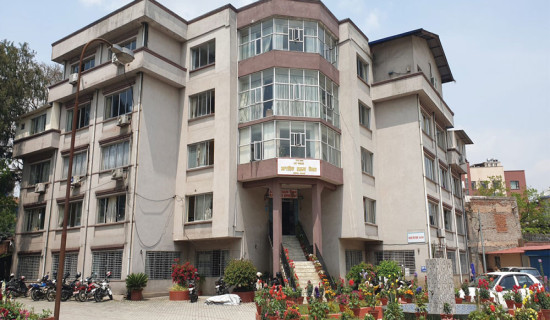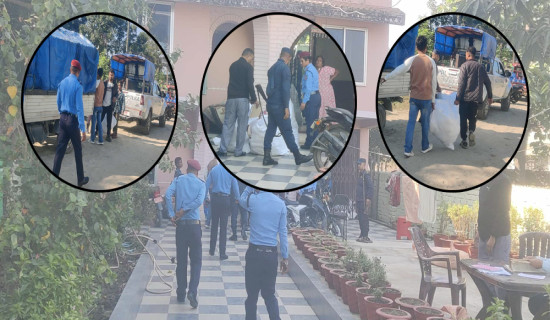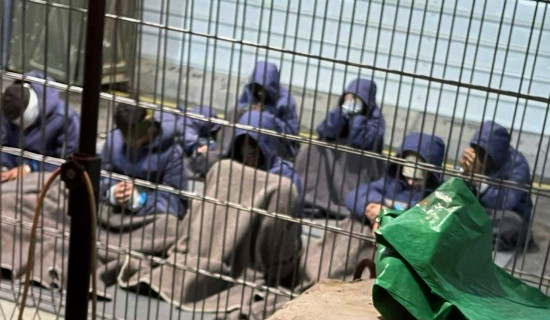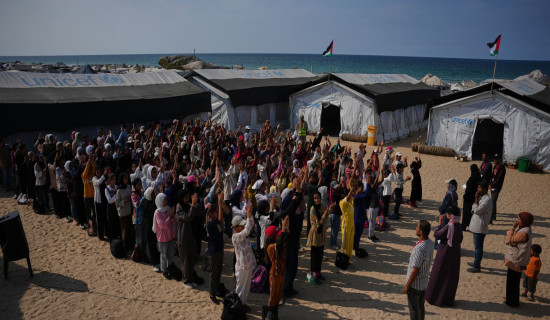- Tuesday, 18 November 2025
Get Married Frugally
In Nepal, when people — either boys or girls — approach their mid-twenties, the most concerning issue for them becomes marriage and the right selection of a partner. The period between 20 and 30 in a person's life brings about major changes, including in academics, career, and societal relationships. While the transformations can be overwhelming, this is also the period that paves the future course. Amidst the unfolding of countless events, a person must navigate the familial and societal pressures of entering into a marital relationship.
In Asian countries like Nepal and India, marriage is perceived as a compulsory act; in the West, however, the decision to lead an unmarried life doesn't attract disapproval. This happens because marriage is not just seen as a union of two souls, but also goes beyond that. If someone decides against marrying, elderly people disapprove of the decision, stressing the need to give birth to continue the generation. Also, marriage broadens the social reach, which many people in society seek.
Over the years, there has been a conspicuous shift in people's mindset as society has started embracing love marriages, even transcending caste and religious boundaries. This progressive mindset should be acknowledged. However, in the rural areas of Nepal, many love affairs have ended tragically due to differences in social, religious, and economic status. The quintessential instance of this phenomenon is the brutal killing of Navraj BK in 2020. All he did was love an upper-caste girl, but at the cost of his own life. A case or two like this transpires time and again in society, which calls for strong action against the perpetrators.
Coming to the shift in the Nepali mindset, marriage rituals and celebrations have also undergone a massive change. There are also cases where marriages have lasted only for a week in imitation of foreign cultures. Currently, Nepali marriages are heavily influenced by Indian culture and even Bollywood movies, which are fixated on the display of wealth. If you ask our forefathers, they will explain to you that marriage used to be a simple process, lasting just for a day. The engagement ceremony used to be a meeting where partners would promise to forge the relationship.
Now, it is characterised by large feasts in opulent event centres with the presence of hundreds of people from both sides. This ceremony is like a teaser that sets the tone for the bigger event: marriage. From mehendi, bachelorette party, haldi, and post-wedding photoshoots, people in Nepal have imitated our neighbour's culture without being mindful of the economic status. Even lower and middle-class families surpass their ability to spend, just in the bid to amplify their social status. Heavy loans are borrowed to make the event lavish and memorable.
On the contrary, people hailing from countries with robust economies steer clear of extravagant weddings and follow necessary rituals with their loved ones witnessing the event. How wise is it of Nepali people to spend unnecessarily in an attempt to climb the elusive social ladder? With the per capita income standing at just $1,456, Nepalis shouldn't be prioritising lavish weddings at all.
The state has miserably failed to provide free education and health services to its people, and people, instead of saving every penny for it, have been choosing to squander the hard-earned money. Since the elderly allowance in Nepal is just Rs 4,000 per month, what Nepali people must do is cut off their nuptial expenses, be frugal, and save money for the fag end of their lives.

















